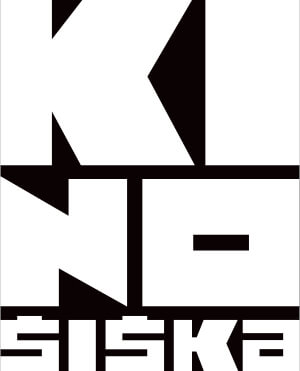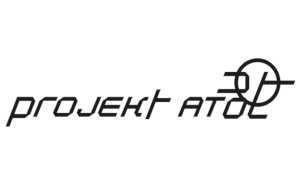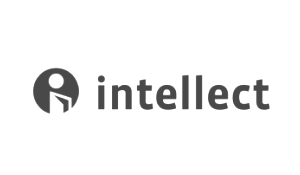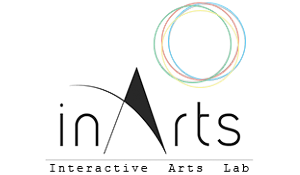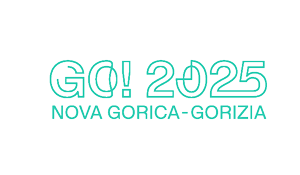For over eight years, I’ve practiced vermicomposting at home, documenting my interactions with my 'clew' (a community of Eisenia fetida composting worms) through playful photo collages shared on a popular blogging platform. These posts, under the Scots-familiar title 'Me an ma Wormies #1', record a symbiotic relationship: I provide organic materials, and the worms and their microbial collaborators transform this waste into nutrient-rich worm-cast humus, or 'black gold'. While far removed from the live visual art loops I created 25 years ago, these collages have become a meaningful way to engage with my micro-environment, and share this practice with others.
Recently I’ve been interested in exploring ways to inspire youth to embrace vermicomposting. Beyond zine-making and photo blogging, I propose a new project for Summer 2025: a prototype 'visual-jockey' (VJ) system that visually reveals the hidden processes that takes places snugly within the compost bins. This system will include a specially constructed bin equipped with infra-red or night-vision lighting to minimize disruption to the worms while capturing their activity among the compost materials and other organisms. Using a microcontroller and mini-projector setup, the system can switch between viewing angles, apply real-time visual filters, and integrate with open-source VJ software to create dynamic, interactive projections. The goal is to transform vermicomposting into an engaging, educational experience that appeals to younger audiences through interactive visual media rather than static imagery, and encourage getting their hands dirty. To complement this, an accompanying zine, 'Us an Oor Wormies #1', will provide accessible, commons-oriented instructions for building a personal VJ Clew system.
The paper presentation will contextualise this activity with reference to similar eco-art-media-tech projects, and autoethnographic reflections on the challenges of the different senses that may or may not be engaged between the species involved, and their respective communication capacities.
Andrew Gryf Paterson is an 'artist-organiser', cultural producer, educator, curator and independent researcher. Paterson specializes in exploring connections between art, digital culture, science, cultural activism related to the commons, DIY-Do-It-With-Others.Do-It-For-Research, ecological and sustainability movements, along with cultural heritage and collaborative networks. Originally from Scotland, Paterson has an international practice, including activity over the past ~20 years in the Baltic Sea region, based for most of the time in Helsinki, Finland. He works across the fields of media/ network/ environmental arts and activism, pursuing a participatory practice through workshops, performative events, and storytelling. Strengths lie in hybridity, communications, organisation and network arts: the ability to bring together and involve people in creative, collaborative exploration, developing temporary communities, gathering unexpected elements and components as new spaces of/for cultural activity. What is left behind as social, digital, material and ephemeral residue of 'being t/here' has been a consistent concern. More or less archived here: http://www.agryfp.info
Back

